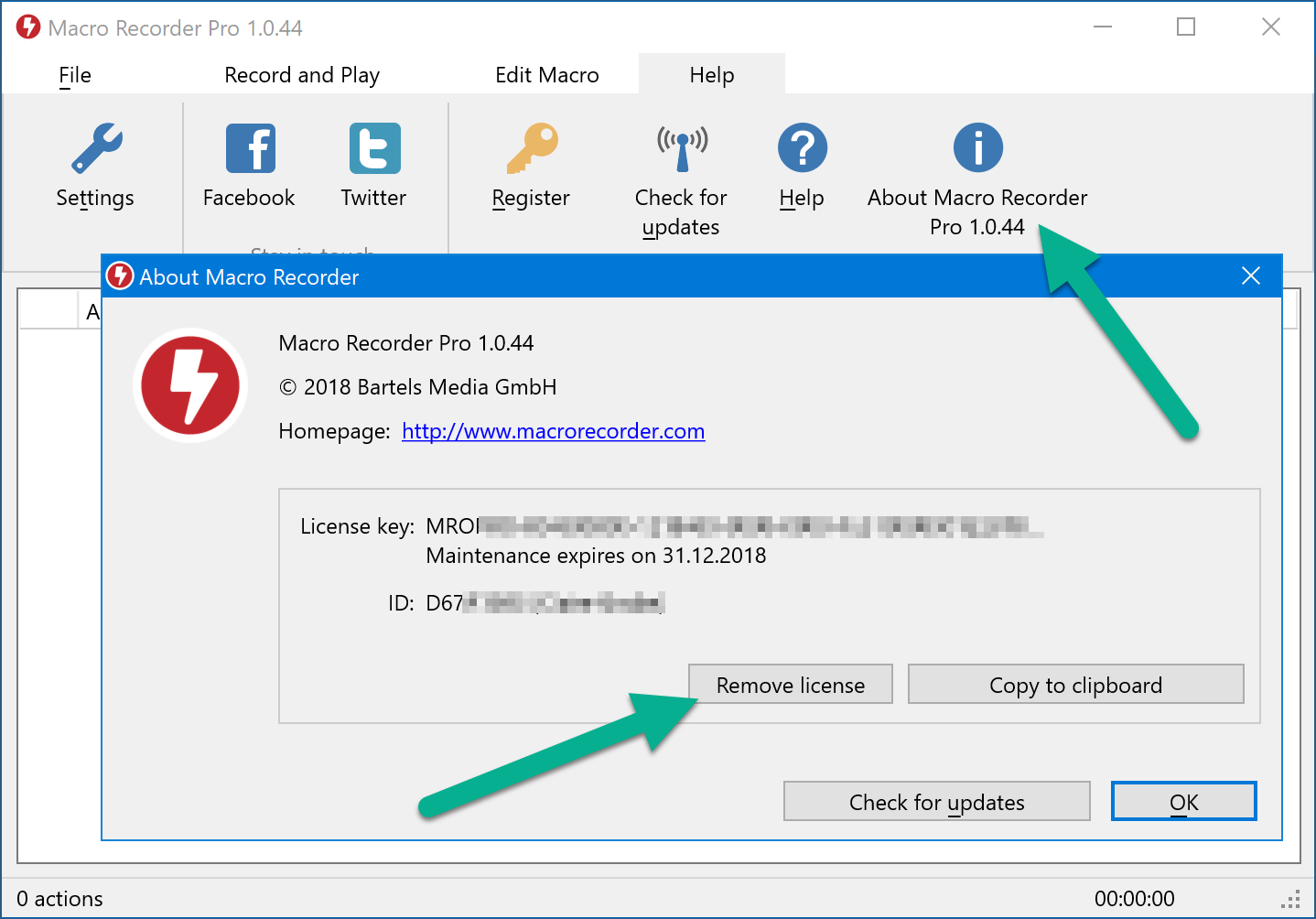

- #Keykey asociation skin#
- #Keykey asociation full#
- #Keykey asociation verification#
- #Keykey asociation plus#
He said that he typically aims to complete the procedure within an hour to reduce the incidence of complications and readmissions. You must be doing this quick if you are going to be doing this procedure.” “If you look at complications, it goes up over 2 hours. “The first tip is you have to be efficient,” Denard said in his presentation here. Denard, MD, provided advice and guidelines for performing a successful outpatient shoulder arthroplasty.Įfficiency in outpatient shoulder arthroplasty may reduce complication rates. NEW ORLEANS - Efficiency, control, patient communication and the ability to leverage technology are integral to outpatient shoulder arthroplasty, according to a presenter at the Arthroscopy Association of North America Annual Meeting.
#Keykey asociation verification#
Get access to the entire Guideline for prevention of Pressure Injuries in addition to in-service PowerPoints, competency verification tools, gap analysis and audit tools, and case studies.We were unable to process your request.
#Keykey asociation plus#
Your online library of clinical resources for facilities and teams.ĮGuidelines Plus provides your team, and multiple service lines at your facility, digital access to evidence-based guidelines, customizable implementation tools, and time-saving clinical resources.


#Keykey asociation full#
Review the Full AORN Guideline for Prevention of Pressure Injury

Back to Basics 2.0: Prevention of Perioperative Pressure Injury.
#Keykey asociation skin#
Improving Skin Assessment Documentation in the Electronic Health Record to Prevent Perioperative Pressure Injuries.These surfaces are safe and have been demonstrated to be effective at decreasing pressure injury risk in high-risk patients. New: Place high-risk patients on high-specification reactive or alternating air pressure support surfaces. The Braden Scale should not be used for perioperative patients because it does not address risk factors specific to surgical patients.Using a risk assessment tool does not replace the need for a comprehensive patient assessment. Risk assessment tools do not necessarily include all key factors that may increase the patient’s risk for pressure injury, and they are limited in their ability to determine the importance of one risk factor compared with another or to help determine the cumulative effects of multiple risk factors.These tools assess for different risk factors and duration of OR time, which is likely the most important risk factor. Validated or reliable tools include the Munro Scale, ELPO, PRAMS, and Scott Triggers.New: Use a structured risk assessment tool that has been validated or demonstrated as reliable for use in perioperative patients.A perioperative interdisciplinary team with authority and responsibility to develop policies and procedures and oversee the implementation of a pressure injury prevention program provides a forum for discussion and improvement.New: Perioperative RNS should participate in the health care organization’s pressure injury prevention program.What’s New in the Guideline for Prevention of Pressure Injury Surgical positioning is associated with the prevention of PI, and personnel should follow the recommendations for both safe positioning and prevention of PI. Patients are at high risk of developing a PI during operative or other invasive procedures because they are immobile throughout most of the perioperative period they also lack sensation and may be unable to express feelings of pain or discomfort when undergoing procedures. Pressure injuries involve localized damage to skin or underlying soft tissue layers as a result of pressure alone or pressure combined with shear generally, the affected tissue is over a bony prominence, but it may be associated with a medical device. New and updated recommendations in this guideline address such topics as PI prevention practices, risk assessment, and skin tone considerations. The new AORN Guideline for Prevention of Perioperative Pressure Injury provides guidance to perioperative team members caring for patients undergoing operative and other invasive procedures. New Recommendations to Call for PI Interdisciplinary Team, Risk Assessment & Skin Tone Considerations


 0 kommentar(er)
0 kommentar(er)
